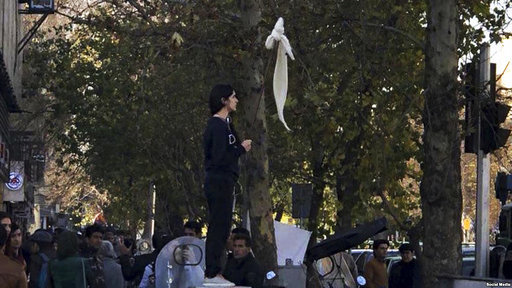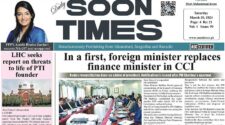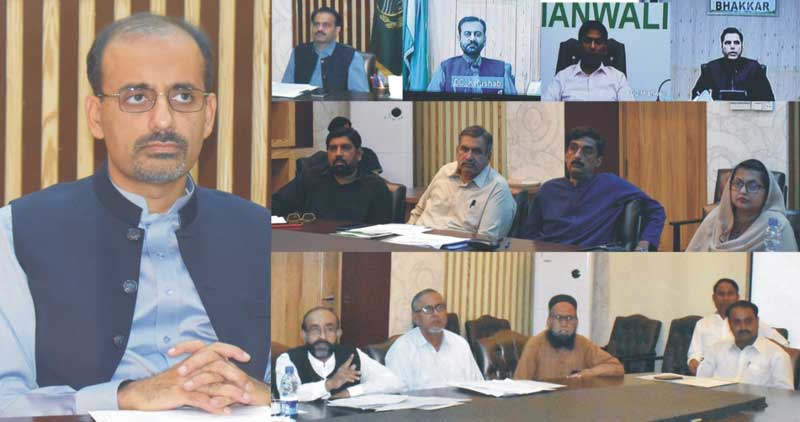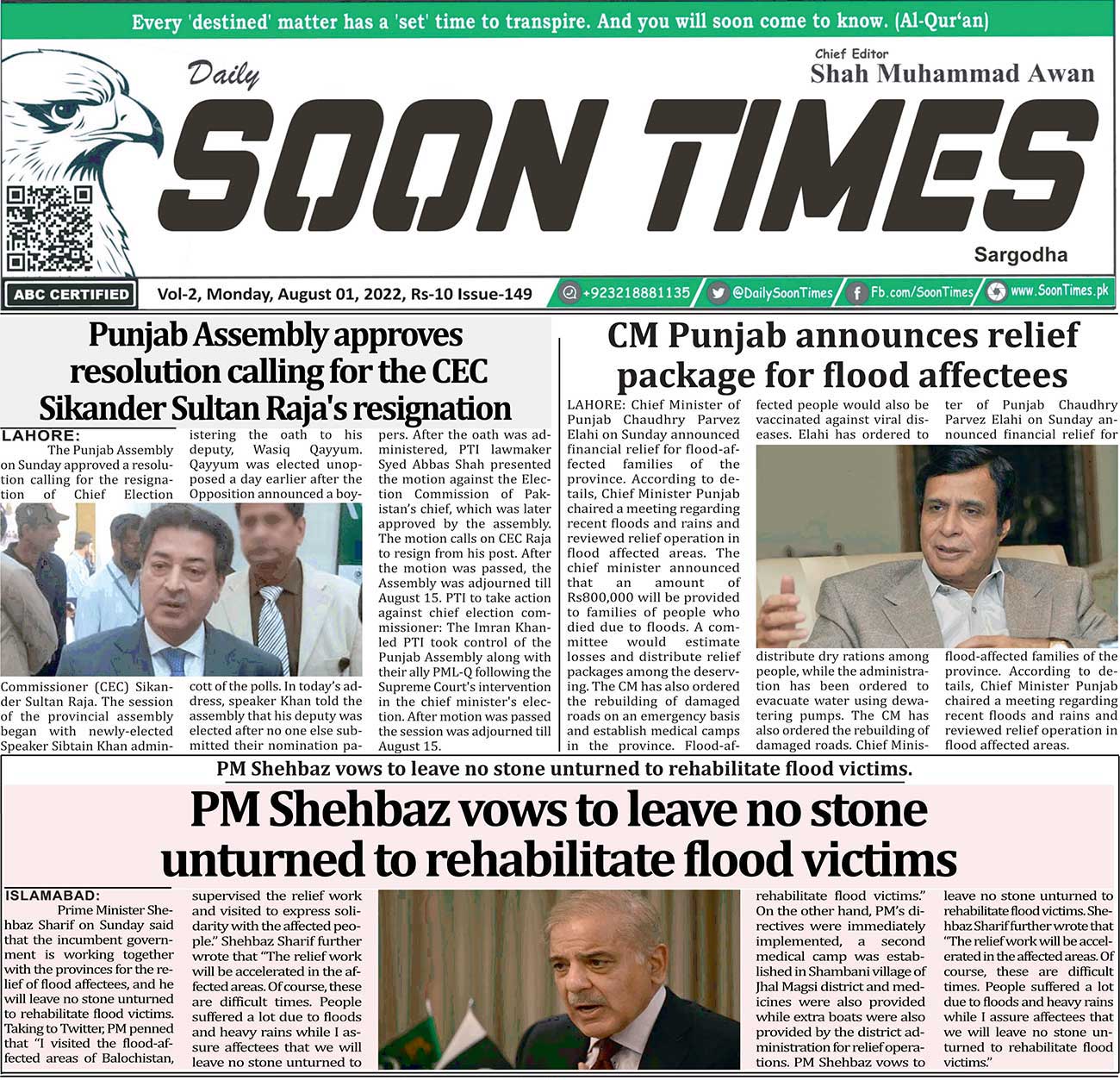By: Dr. Muhammad Akram Zaheer
The latest round of public protests in Iran erupted over the killing of a 22-year-old woman named Mehsa Amini. She was killed by the so-called morality police on September 16 for allegedly violating Iran’s public veiling laws.
Amini’s tragic death is another reminder of how Tehran’s Islamist rulers continued to notice the demands of the Iranian people. Opposition to wearing the hijab or niqab is one of many public complaints. The violence that led to Amini’s death was no accident. This is an integral part of Iran’s Supreme Leader Ali Khamenei’s stance on any political disagreement. He believes violent repression will force protesters to retreat. But his political decisions deepen raw public anger against the Islamic Republic. Not only is Khamenei inciting the Iranian people against the government, his insistence on wearing the hijab is also dividing the ranks of Islamic scholars as well as Iranian society.
Khamenei tricked Ibrahim Raisi into becoming Iran’s president in the election in June 2021. In office, Raisi would focus on creating jobs, building new housing and fighting corruption. None of these promises is kept till day. Instead, the Raeesi government has allocated additional funds to the country’s security forces to enforce Iran’s mandatory law more strictly particularly hijab. There are reports that Iran now wants to introduce mass electronic surveillance of the population based on the Chinese model.
In Khamenei’s view, a compromise with the Iranian people in one area would only lead to a flood of demands for changes in other areas, from domestic to foreign policy. For this reason, Khamenei has ordered a crackdown on the “anti-Hijab” movement. In recent months, the government has relentlessly used torture and harsh prison terms to quell the “great insurgency” behind the anti-Hijab campaign. It has even encouraged pro-government members of the public to take matters into their own hands and confront those who disobey compulsory hijab laws in public.
This situation has created new and controversial fault lines in society and has separated minorities who oppose the compulsory hijab from the majority who support it and who see it as a fundamental violation of basic human rights. Since 1979, a younger generation of Iranians, especially women, is now protesting against the compulsory hijab laws not only to challenge that but it also challenges the Islamic Republic’s strict socio-religious beliefs and their permanence.
Anti-Hijab protests in Iran have already been successful. The Islamic hijab rule has been enforced in Iran since the Islamic Revolution in 1979. According to the law, women and girls over the age of nine must cover their heads in public. However, their intensity varies from administration to administration, depending on the political background of the incumbent president. Backed by the country’s ultra-conservative religious elite, Iranian President Ebrahim Raisi called the recent backlash against the hijab law “a systematic encouragement of moral corruption in Islamic society.” Similarly, earlier this month the deputy prosecutor of Mashhad in northeastern Iran wrote a decree banning women without headscarves from entering offices and banks or using the subway. While the mayor initially opposed the decision, he eventually allowed the order.
Consequently, women’s rights and civil rights activists called on citizens, including men, to resist the compulsory wearing of the headscarf. The call received a positive response on the morning of July 12, and many videos and photos were posted on the electronic and print media. The New York-based International Campaign for Human Rights in Iran (ICHRI) expressed fears about “possible violence and arrests on July 12.” The anti-hijab social media campaign is being led by Masih Elenjad, a US-based activist who has been behind several online campaigns over the past decade. During the 2017-2019 protests, several protesting women were arrested and many were seriously injured in the police action. Iranian activist Saba Kord Afshari was jailed for 24 years for promoting “corruption and prostitution” by removing her hijab. Iranian protesters are not alone, women in Saudi Arabia had also launched a “niqab under my foot” movement to protest the conservative Islamic dress code imposed on them in 2018. These anti-hijab protests are dominated by women’s revolt against the objectification of their bodies. In a study conducted at Swinburne University of Technology in Australia, participants who wore hijab explained that Islamic concepts of modesty and self-respect in relation to their sexuality led them to view “women as precious as diamonds”. Ironically, in a tweet aimed at the Indian state, Malala called the decision not to allow girls in hijab to go to school as “objectification”. But in reality, the Iranian and Saudi Arabian experiences show that women want to free themselves from the hijab because it limits their role in modern society to that of a mere object.
The current wave of protests draws courage from past protests, but surpasses them in some important respects. First, women are leading the way and finding creative ways to challenge the government. In protest, athletes, artists and businesses have spoken out for the demonstrators something that didn’t happen in 2019, for example, in mass protests over rising gas prices. This suggests that the protests are expressing broader grievances within Iranian society that will not be easily eradicated.
The current protest has spread beyond the usual suspects. In addition to women and students, traders and shoppers are also protesting in Tehran’s market. In past, they already have protested against the deteriorating economic situation and the devaluation of the Iranian currency. But this may be the first time in decades that they have not only protested for their own immediate economic interests but have shown solidarity with the girls and women who killed by security forces during the 1979 revolution. The protests transcended common racial lines and brought together groups that are often divided. Last summer, the region’s two ethnic groups, the Bakhtiari Lors and the Arabs, joined forces in protests against polluted water and air in the southwestern province of Khuzestan. However, this was limited to the province. This time, the protests have spread across the country. Don’t forget that during the Iranian revolution women willingly wore hijab to protest Shah Pahlavi’s rule, but the sentiment was captured by the new Islamic regime when Ayatollah Khomeini made it mandatory.
Iranian Women Protest against Compulsory Hijab










